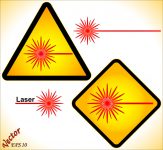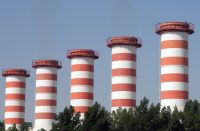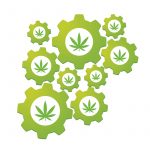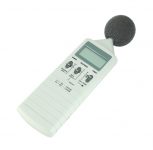2013 TRI National Analysis—Chemical Release Data
2013 TRI National Analysis—Chemical Release Data The EPA tracks chemical waste disposal and other releases to keep the public informed and to help them “identify priorities and opportunities for government and communities to work with industry to reduce toxic chemical disposal or other releases and potential associated risks.” These chemicals may be released at the […]










